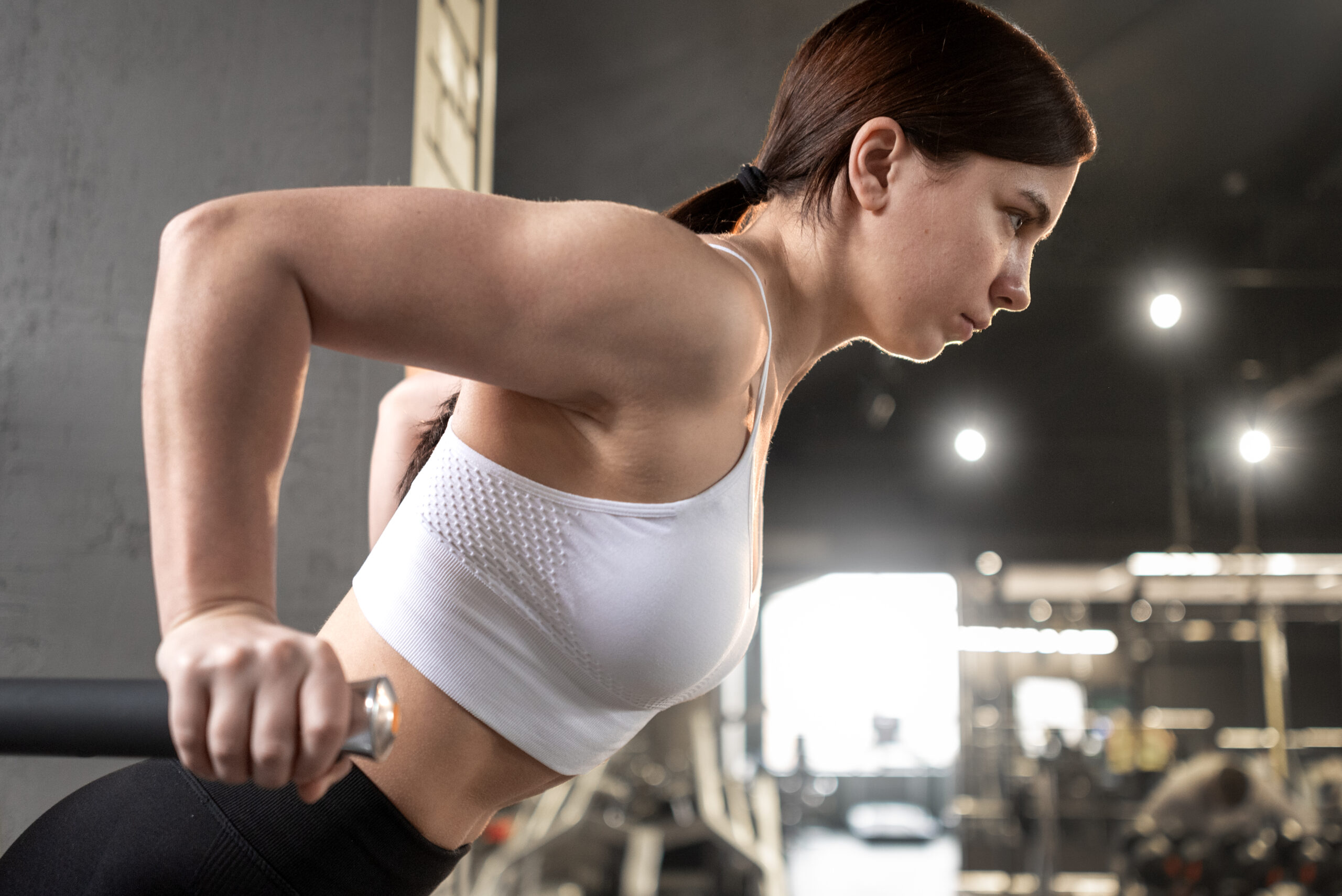
Hey there, fitness fanatics! Have you ever found yourself gazing at your biceps in the mirror, wondering, “Am I getting strong enough? How much muscle mass should I really have?” Well, you’re not alone! Let’s dive into the muscle mass mystery, explore how much you should aim for, and find out how to measure it.
What’s the Deal with Muscle Mass?
Muscle mass isn’t just about flexing those guns at the beach (though we all love a good beach day, right?). It’s also about maintaining a healthy metabolism, staying strong, and feeling energized. But here’s the catch: there’s no one-size-fits-all answer. Your ideal muscle mass depends on factors like age, gender, body type, and fitness goals.
Why Muscle Mass Matters:
- Strength and Stability: Muscle mass is your body’s secret weapon for staying strong and stable. It helps you lift, push, pull, and basically do all the things you love, like dancing, hiking, or just carrying groceries without breaking a sweat!
- Metabolic Magic: More muscle means a higher resting metabolic rate. Translation? You burn more calories even when you’re Netflix-and-chillin’.
- Age Gracefully: Muscle mass plays a key role in healthy aging. It keeps you spry and reduces the risk of injuries as you get older.
How Much Muscle Mass Should You Have?
Okay, let’s get to the nitty-gritty. While there’s no magic number, here are some general guidelines:
- For Women: A healthy muscle mass percentage typically ranges from 30-35% of total body weight.
- For Men: You’re looking at around 40-45% of your total body weight being muscle.
These are just averages, though. If you’re a competitive athlete or someone who loves hitting the gym, your muscle mass might be higher—and that’s awesome! Remember, the goal is to build a body that feels strong, capable, and full of life.
Fun Ways to Measure Muscle Mass
Ready to geek out on some cool ways to measure your muscle mass? Let’s make it fun!
- Bioelectrical Impedance Analysis (BIA): Sounds fancy, right? This method uses a small electrical current (don’t worry, it’s safe!) to estimate body composition. You can find BIA scales online or at your local gym.
- Skinfold Calipers: Old school but effective! Pinch different parts of your body (like your arms, legs, and waist) to measure fat thickness. There’s a bit of math involved, but you can use online calculators to make it easier.
- DEXA Scan: If you’re serious about getting precise, a DEXA scan is your go-to. It’s typically used for bone density but gives you an accurate breakdown of muscle, fat, and bone in your body. Plus, you get to lie down and relax during the scan—bonus!
- Hydrostatic Weighing: Ready to take the plunge? This method involves being submerged in water. Muscle is denser than fat, so the more you weigh underwater, the more muscle mass you have. It’s like taking a dip for science!
- Your Clothes and the Mirror Test: Okay, so this isn’t super scientific, but it works! If your clothes are fitting better and you’re noticing more definition in the mirror, your muscle mass is likely on the rise.
Pump Up Your Muscle Mass!

Now that you know how much muscle mass to aim for and how to measure it, let’s talk about building it. Here’s a quick cheat sheet to help you pump up those muscles:
- Strength Training: Aim for at least two to three days of weight training per week. Mix it up with compound exercises (like squats, deadlifts, and bench presses) to work multiple muscle groups at once.
- Protein Power: Make sure you’re fueling those muscles with enough protein. Think lean meats, fish, eggs, and plant-based options like tofu and legumes. A good rule of thumb? Aim for about 0.8-1 gram of protein per pound of body weight.
- Rest and Recovery: Don’t forget to give those muscles some love with rest days. Muscles grow when you rest, not when you work out—so make sure you’re getting enough sleep and recovery time.
Final Flex
Building and maintaining muscle mass is all about balance—finding what works for your body and your lifestyle. Whether you’re just starting out or are a seasoned gym-goer, remember that every bit of progress is a step toward a stronger, healthier you. So go ahead, embrace your muscle journey, and stay in pink!
Featured Image by freepik





Leave a Reply